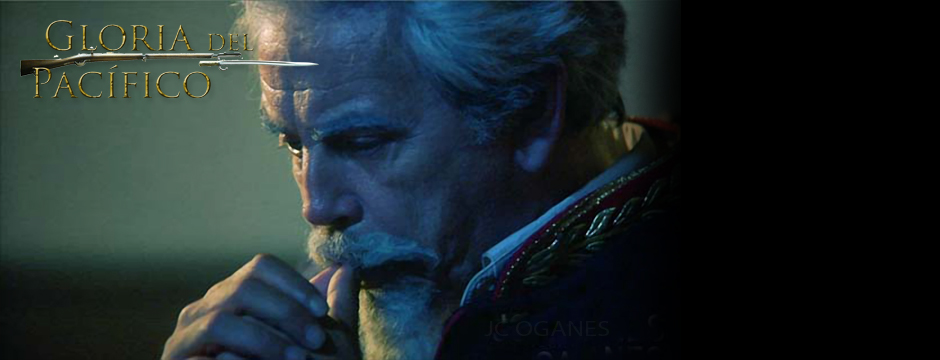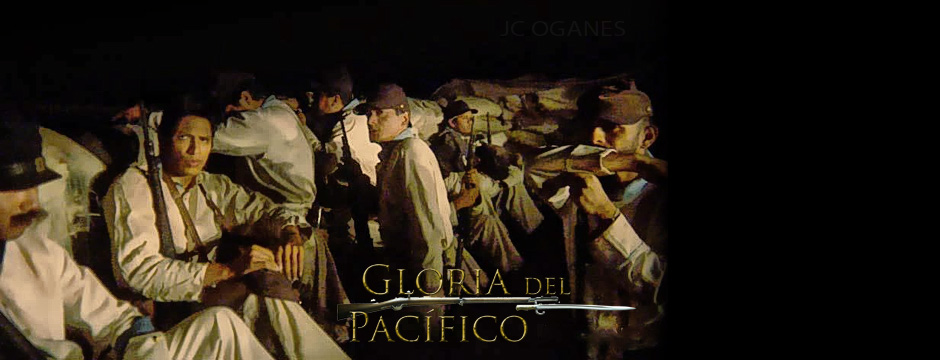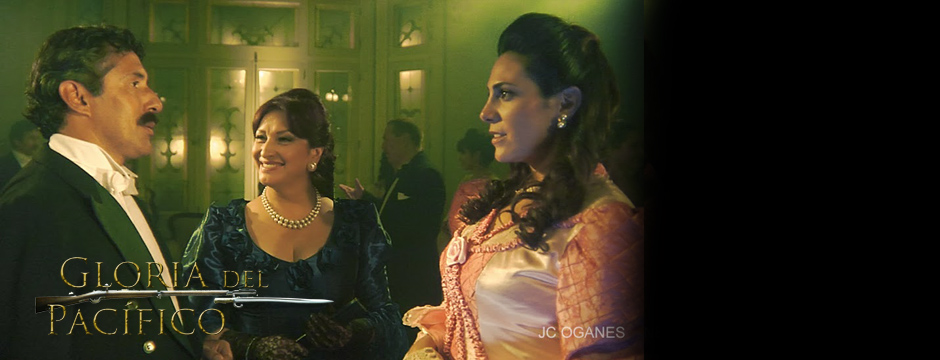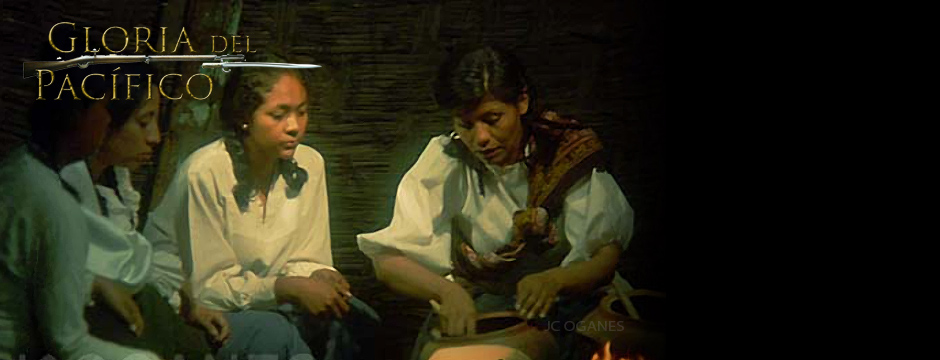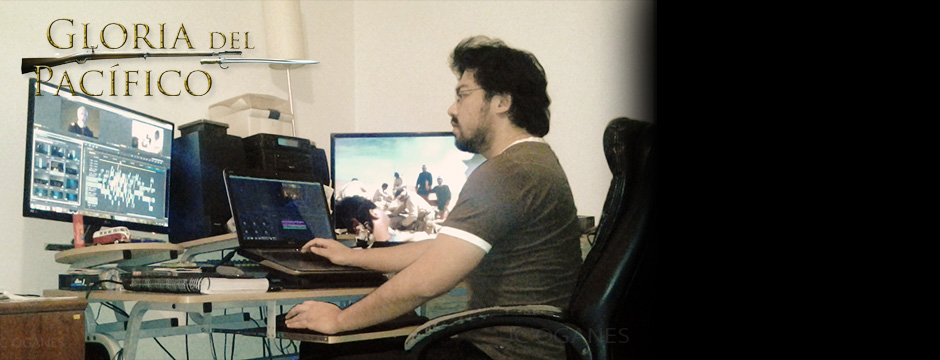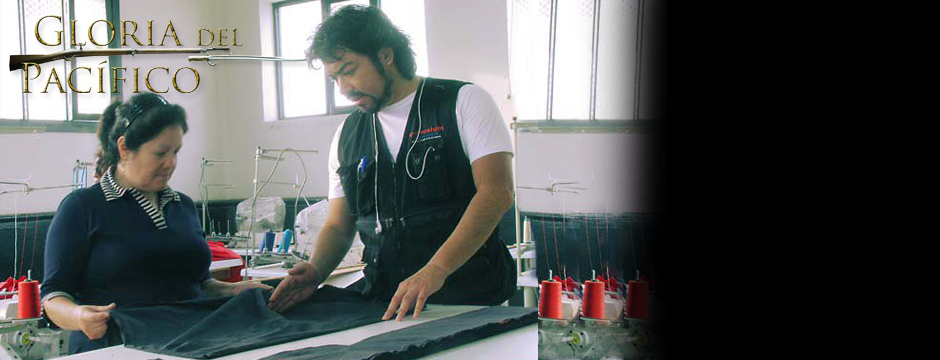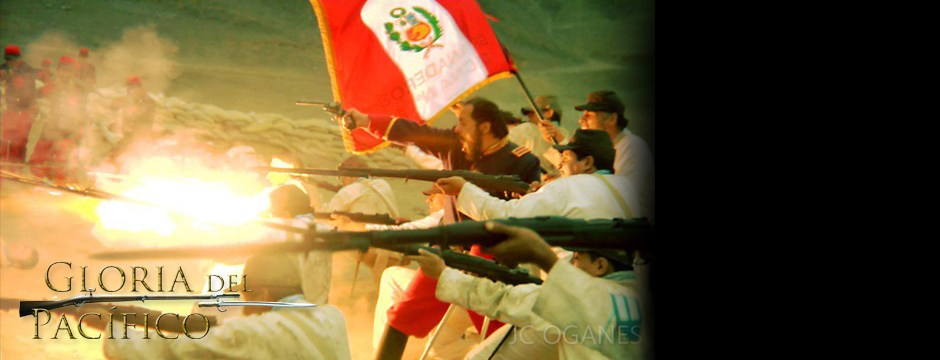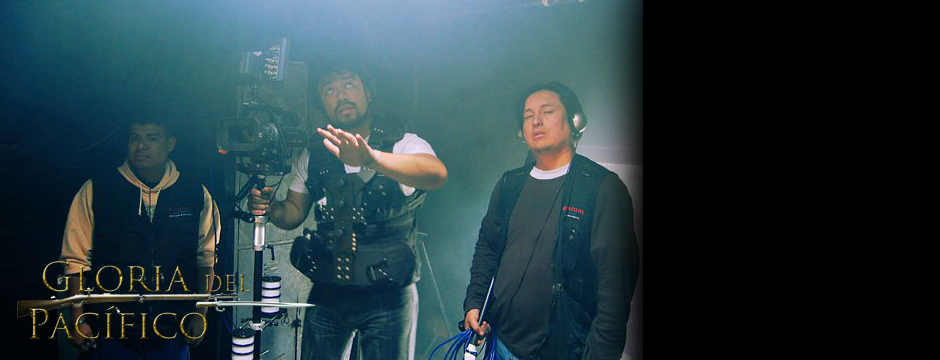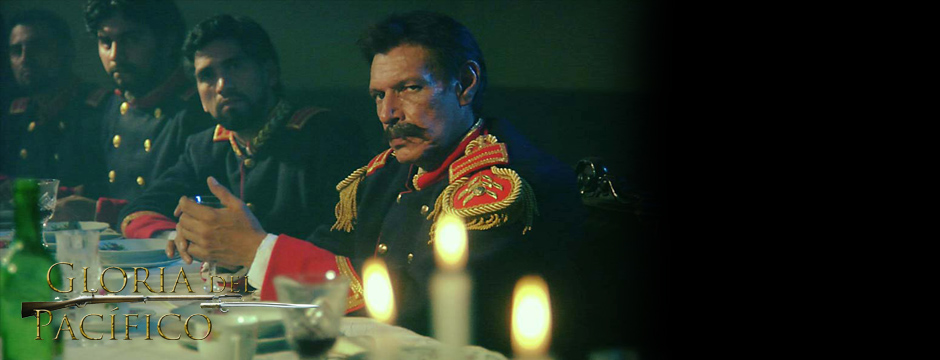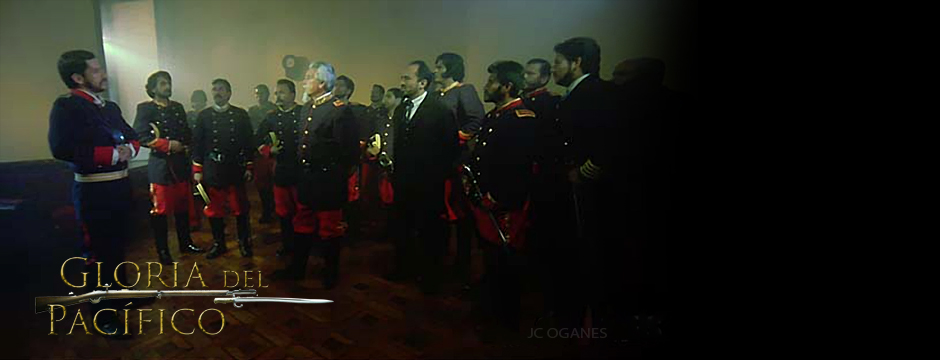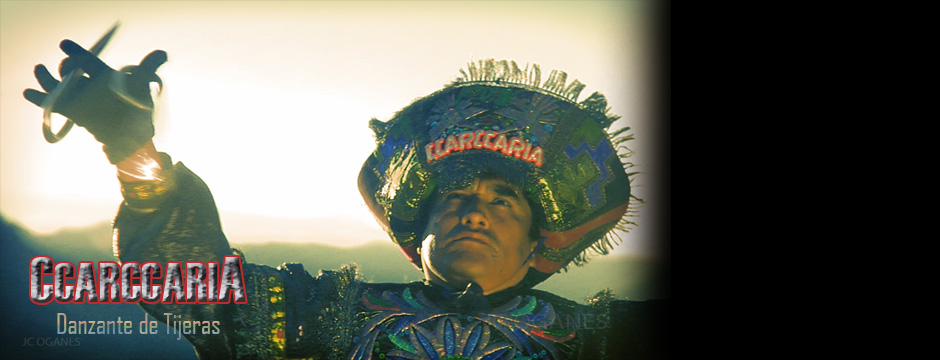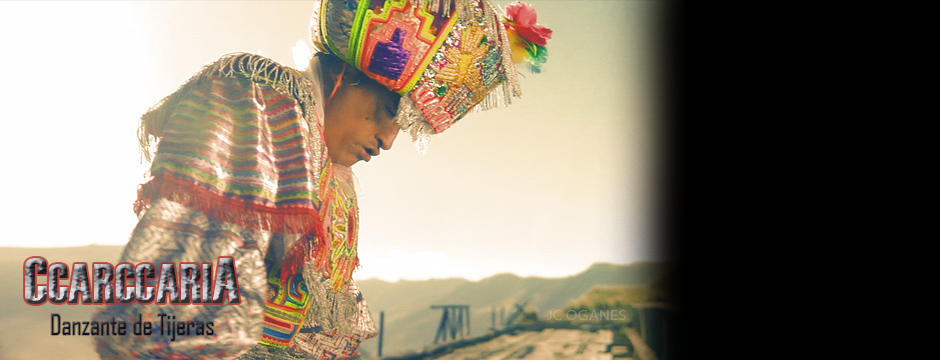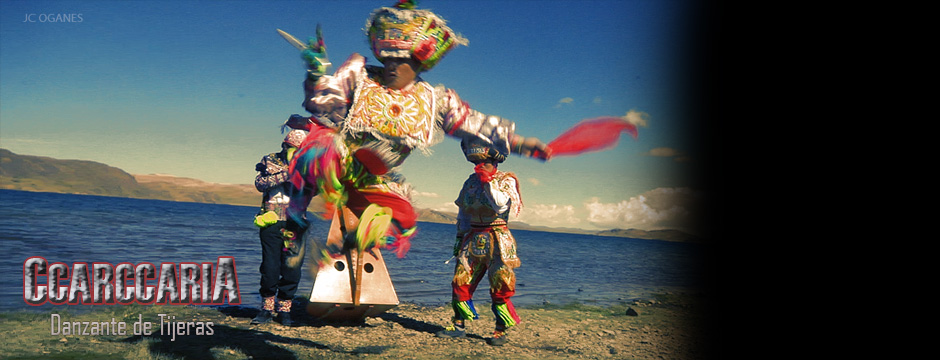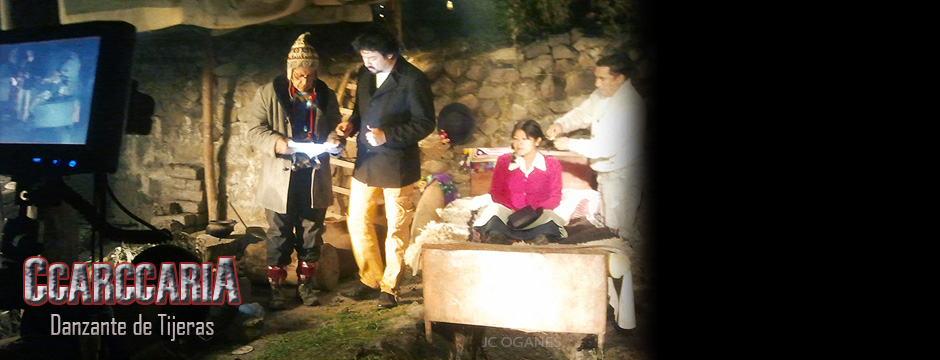
Weighing like a medium size rock, Hyen from Letus sure made this thing quite solid and professional: Sharp look, black matte finish, battery compartment inside with a magnet door (very clever),
 vibrating Ground Glass, rotating interchangeable lens mount (for Canon, Nikon, Minolta, Olympus and even Zeiss PL mounts for 35mm lens), allen screws for tightening parts and included is an achromat for your specific camera, so I ordered the HVX200 Optimization Kit.
vibrating Ground Glass, rotating interchangeable lens mount (for Canon, Nikon, Minolta, Olympus and even Zeiss PL mounts for 35mm lens), allen screws for tightening parts and included is an achromat for your specific camera, so I ordered the HVX200 Optimization Kit.
The HVX200 is known for sometimes not having a truly dead-center CCD chip so in some units, the ground glass screen will not be totally centered when attached to the camera. Mine has that small issue as I noticed, so I called Hyen at Letus Corp. He was very helpful in telling me the options (which included sending the camera back to Panasonic for fixing that which of course I declined....
 to much time), so I came back with my own solution: rotating the adapter 180* so it would be on the upper side (the Letus has this L-shaped kinda form) and then....the focusing screen was sharp center and framed! But that also arouse other problems: the adapter was now a bit high for the bracket support that holds the Letus in place with the rods, so I had to make my own in a metal workshop. Aluminum of course not to put more weigh on the already heavy kit. I had it the next day and problem solved!
to much time), so I came back with my own solution: rotating the adapter 180* so it would be on the upper side (the Letus has this L-shaped kinda form) and then....the focusing screen was sharp center and framed! But that also arouse other problems: the adapter was now a bit high for the bracket support that holds the Letus in place with the rods, so I had to make my own in a metal workshop. Aluminum of course not to put more weigh on the already heavy kit. I had it the next day and problem solved!Now, once the adapter was attached to the camera, the next step is to achieve sharp focus on the ground glass inside the Letus. This is achieved by zooming out all the way to the "wide" position (Z00 in the HVX200).
 What we get to see is the focusing screen way far inside a "dark room" and to the sides we can notice the prism system mirrors. Then zoom in more until we fill up all the viewfinder screen (and a little bit more to avoid vignetting depending on the lens used). We point at something bright and we focus until we get to see the grain in the ground glass. When that is achieved it's a good idea to write down the focus number and never touch the focusing ring again. Mine is at focus 0.95 and the screen is filled up by Z22.7 but it could differ a bit on some other camera units.
What we get to see is the focusing screen way far inside a "dark room" and to the sides we can notice the prism system mirrors. Then zoom in more until we fill up all the viewfinder screen (and a little bit more to avoid vignetting depending on the lens used). We point at something bright and we focus until we get to see the grain in the ground glass. When that is achieved it's a good idea to write down the focus number and never touch the focusing ring again. Mine is at focus 0.95 and the screen is filled up by Z22.7 but it could differ a bit on some other camera units.  You can see that sharp focus is achieved when you get to see the grain in the ground glass. In the picture to the left you can see the grain in the ground glass. The overexposed white spot top right is a bright lamp that I turned down with the dimmer after the pic. The Letus needs to be off by the way. Only turn it on when fully focused to make the grain go away but leave it off for now. Now attach the lens. For this test I used a two lenses: the Canon AF 22-55 f/4.0 and the Canon EF 35mm f/2.0 Prime lens. I chose those
You can see that sharp focus is achieved when you get to see the grain in the ground glass. In the picture to the left you can see the grain in the ground glass. The overexposed white spot top right is a bright lamp that I turned down with the dimmer after the pic. The Letus needs to be off by the way. Only turn it on when fully focused to make the grain go away but leave it off for now. Now attach the lens. For this test I used a two lenses: the Canon AF 22-55 f/4.0 and the Canon EF 35mm f/2.0 Prime lens. I chose those two different lens because of the difference in speed and see how the Letus handled range of apertures. Now, the focus chart helps to detect unevenness in sharpness or any fall-off on the sides.
two different lens because of the difference in speed and see how the Letus handled range of apertures. Now, the focus chart helps to detect unevenness in sharpness or any fall-off on the sides.  So far, so good. I don't see any side blurriness too much and it seems fine .
So far, so good. I don't see any side blurriness too much and it seems fine .
